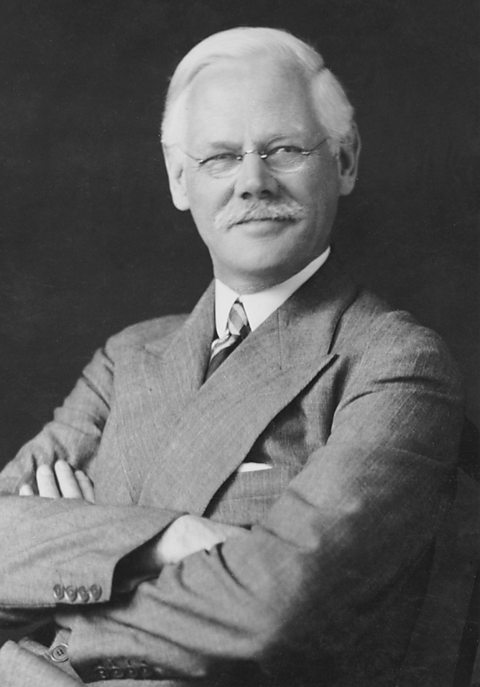The Liberal reforms and health
After the public health reforms of 1875-1876, there was still a need for improvement. The Liberal Party brought in a series of measures at the start of the 20th century.
Reasons for the Liberal reforms
Charles Booth
After the 1875 Public Health Act and other reforms, there was a feeling public health problems had been dealt with. However, a social researcher and reformer, named Charles Booth, conducted a piece of research in 1889. This showed that 35 per cent of LondonÔÇÖs population lived in ÔÇśabsolute povertyÔÇÖ.
Seebohm Rowntree

Seebohm Rowntree, who was also a philanthropist and social reformer, conducted an investigation in York in 1900. He found that people needed to be earning 21 shillings a week, equivalent to ┬ú125 in 2021, to stay out of poverty. He came up with the term ÔÇśpoverty lineÔÇÖ for people earning less than this amount.
1867 Reform Act
The 1867 Reform Act had given the vote to more working-class men. In the 1900 general election, the Labour Party entered candidates for the first time and won two seats in Parliament. In 1906, they increased the number of seats they held to 29.
The Liberal Party won the election in 1906 but wanted to ensure the Labour Party didnÔÇÖt gain more seats in the future. The Liberal Party saw their own reforms as a way of maintaining the support of working-class voters.
Second Boer War
The Second Boer WarA war between the British Empire and the South African Republic and Orange Free State. It lasted from October 1899 to May 1902. had also shown there was a problem with public health. In 1899, at the start of the war, one in three of the men who volunteered to fight were unfit to be recruited for health reasons. The government needed to take action to improve the health of the people.
The content of the Liberal reforms
The Liberal reforms started to be introduced from 1906. Some of the key changes were:
- In 1906, free school meals were introduced to improve the health of children.
- In 1907, schools began medical inspections of their pupils.
- In 1908, the Old Age Pensions Act was introduced. Eligible people, who were also over 70 years old with an annual income of less than 21 pounds per year, received a pension of five shillings per week. People who earned over 21 pounds per year or were married received a smaller amount. Anyone who earned over 31 pounds and 10 shillings per year received no pension.
- in 1909, the Labour Exchanges Act was brought in. Labour exchanges were similar to job centres today. Their aim was to match up employers and employees
- in 1911, the National Insurance Act came in. This set up a system where workers had a sum of money deducted from their wages to pay for health care and sick pay if needed
Opposition to the Liberal reforms
Some people argued that the Liberal reforms did not go far enough. The Labour Party said more should be done to help women, who were less likely to benefit from National Insurance. They also argued that old age pension payments should be higher.
Some Conservative Members of Parliament said that giving people too much from the state would make them dependent on being given aid and support. They also thought it might reduce peopleÔÇÖs desire to work. Additionally, there were concerns about the cost to taxpayers.